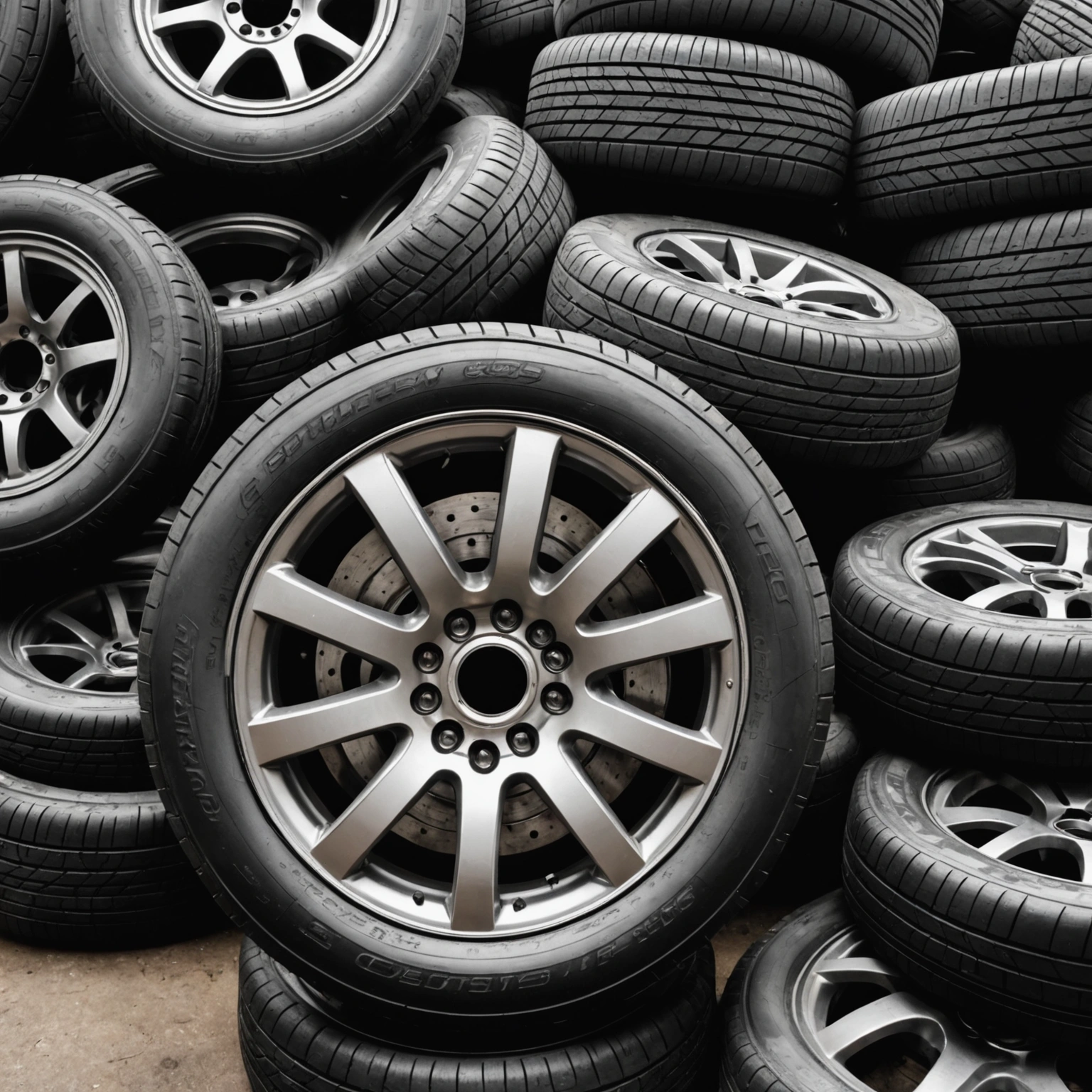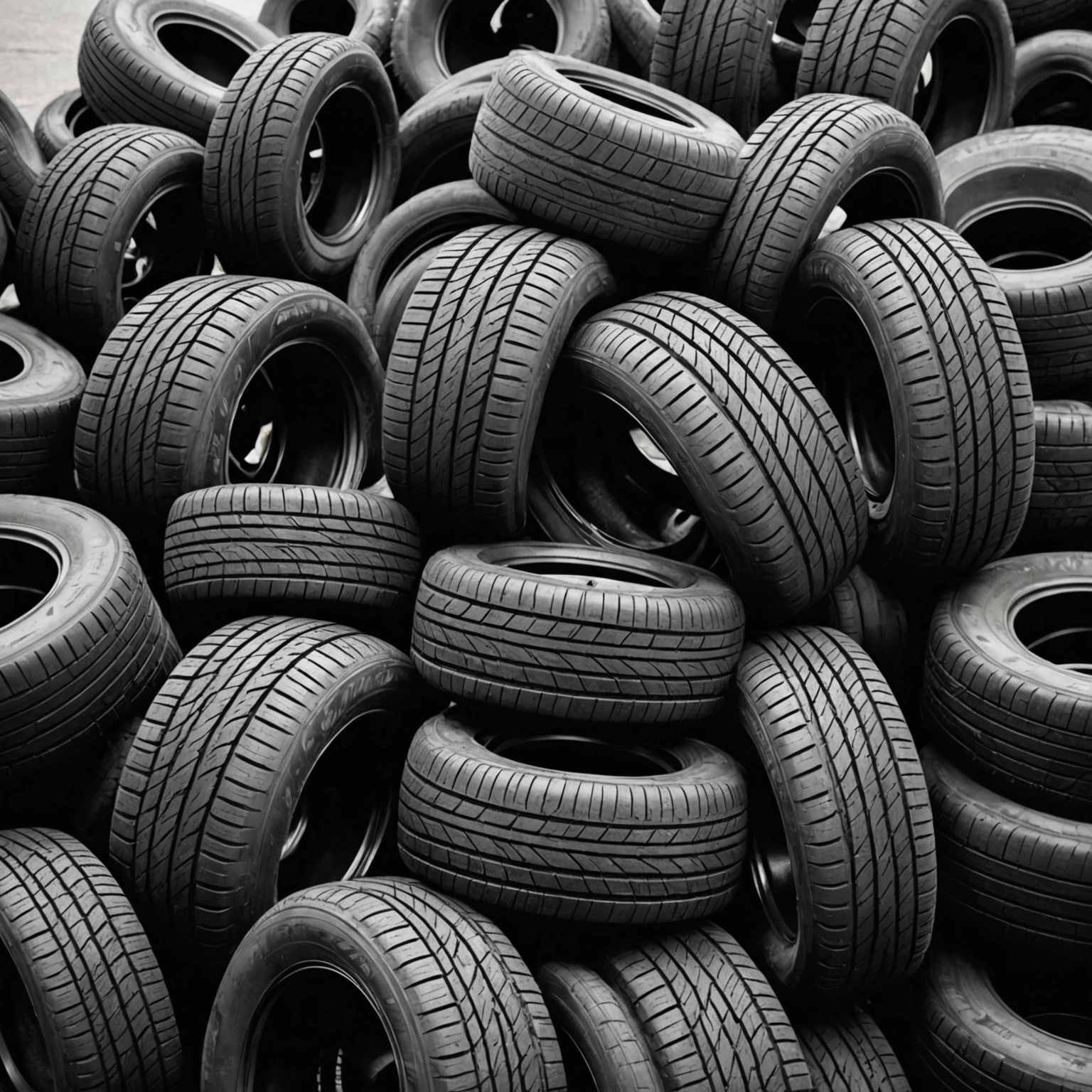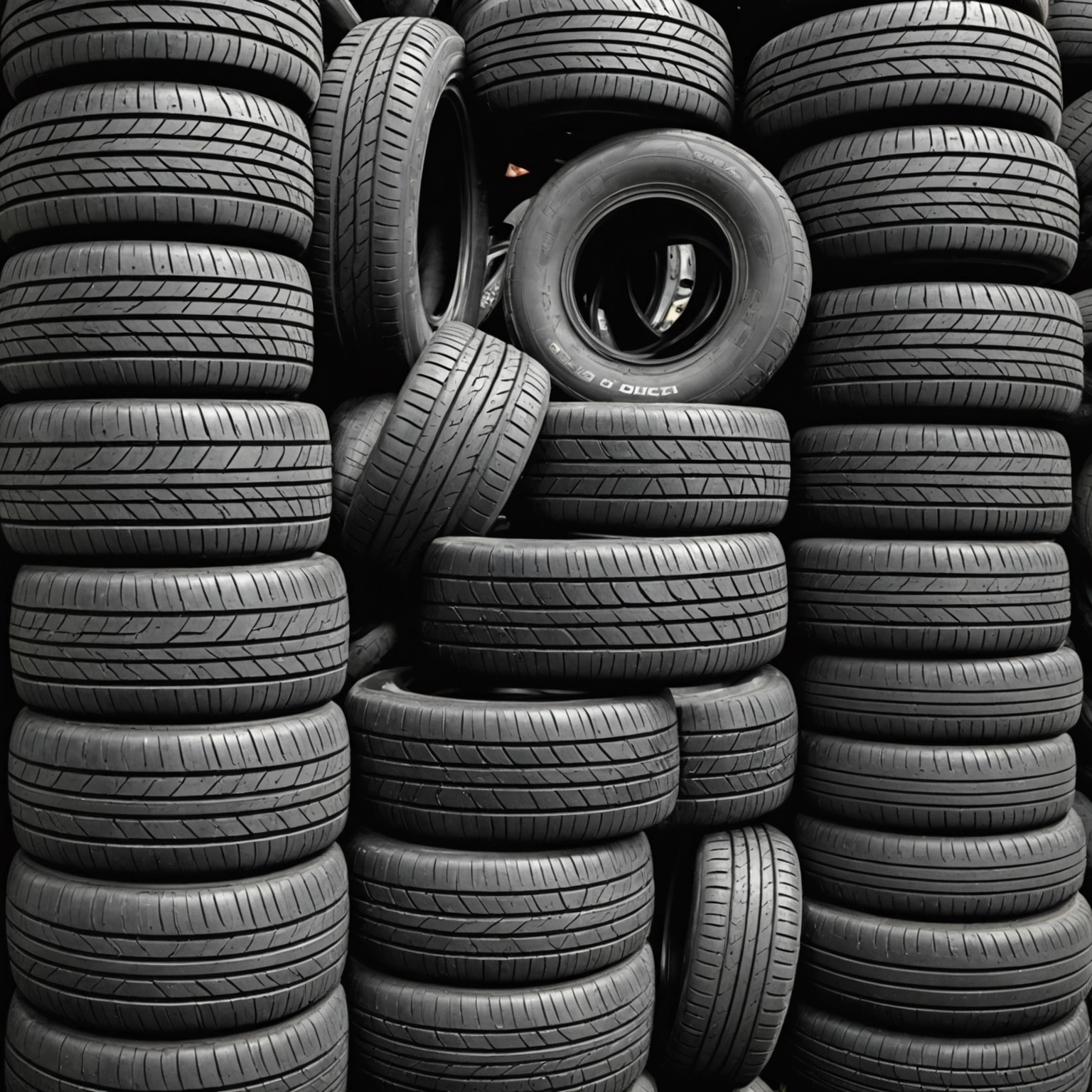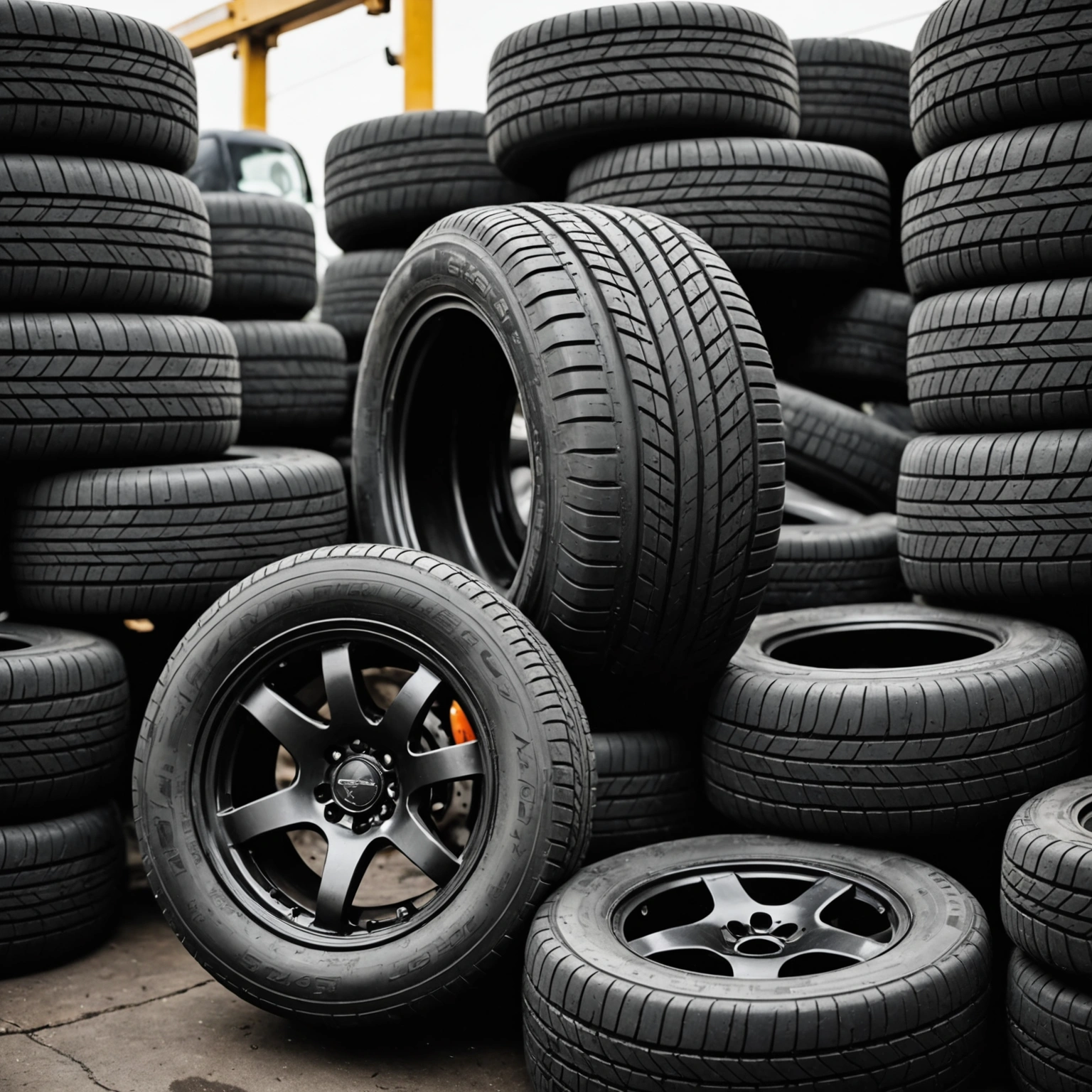**Are Tires Toxic? Understanding the Environmental and Health Impacts of Tires**
Tires are an essential component of modern transportation, providing safety, traction, and durability for vehicles of all types. However, as they age or are disposed of improperly, questions often arise about their potential toxicity and environmental impact. So, are tires toxic? Let’s explore the facts.

### What Are Tires Made Of?
Most tires are composed of a complex mix of materials, including:

– **Rubber (natural and synthetic)**
– **Carbon black** or silica (for reinforcement)

– **Steel or fabric cords (belts and plies)**
– **Chemicals and additives** such as sulfur (for vulcanization), antioxidants, anti-ozonants, and curing agents

While these materials are chosen for their durability and performance, some components raise environmental and health concerns.
### Are Tires Toxic?
**In general, tires are not highly toxic in their intact form**, especially when used as intended on vehicles. They are designed to be stable and inert during normal operation. However, there are specific situations where toxicity concerns arise:
1. **During Manufacturing:**
The production process involves chemicals and additives that can be hazardous if inhaled or improperly handled. Workers in tire factories must follow safety protocols to minimize exposure.
2. **When Burning or Incinerated:**
Tire disposal by burning releases a complex mixture of pollutants, including:
– Polycyclic aromatic hydrocarbons (PAHs)
– Volatile organic compounds (VOCs)
– Carbon monoxide and dioxide
– Heavy metals like zinc, lead, and cadmium (if present in the tires)
Burning tires is highly toxic and releases pollutants that can harm human health and the environment.
3. **During Tire Wear and Abrasion:**
As tires wear down over time, tiny particles called tire wear particles (TWP) are released into the environment. These particles contain rubber, additives, and metals, and some studies suggest they may have endocrine-disrupting or other biological effects on wildlife and potentially humans, especially through inhalation or ingestion.
4. **In Landfill and Recycling:**
When disposed of in landfills or recycled, tires can leach chemicals such as zinc and other additives into soil and water over time, potentially causing environmental contamination.
### Environmental and Health Concerns
– **Chemical Leaching:** Tires contain zinc and other chemicals that can leach into soil and water, affecting aquatic ecosystems.
– **Microplastics:** Tire wear particles contribute to microplastic pollution in oceans and waterways.
– **Air Pollution:** Incineration releases toxic chemicals, contributing to air pollution.
### Safer Alternatives and Proper Disposal
To minimize environmental and health risks associated with tires:
– **Recycle and Reuse:** Many tires are recycled into rubber mulch, playground surfaces, or used in asphalt. Proper recycling reduces pollution and conserves resources.
– **Use in Energy Recovery:** While burning tires is discouraged, some facilities use controlled processes to recover energy from tires, with emissions carefully managed.
– **Opt for Eco-Friendly Tires:** Innovations in tire manufacturing aim to reduce the use of hazardous chemicals and improve biodegradability.
### Conclusion
**Tires in their normal, use-phase state are not acutely toxic.** However, their manufacturing, disposal, and the particles released through wear and incineration pose environmental and health concerns. Proper handling, recycling, and responsible disposal are crucial to minimizing their impact.
If you’re concerned about environmental impact, consider:
– Regularly maintaining your tires for optimal wear
– Choosing eco-friendly tire options when possible
– Supporting recycling programs for used tires
By understanding the lifecycle and potential risks associated with tires, consumers and industries can work together toward safer and more sustainable practices.
—
**Always remember:** Properly maintained and responsibly disposed tires are key to reducing their environmental footprint.

